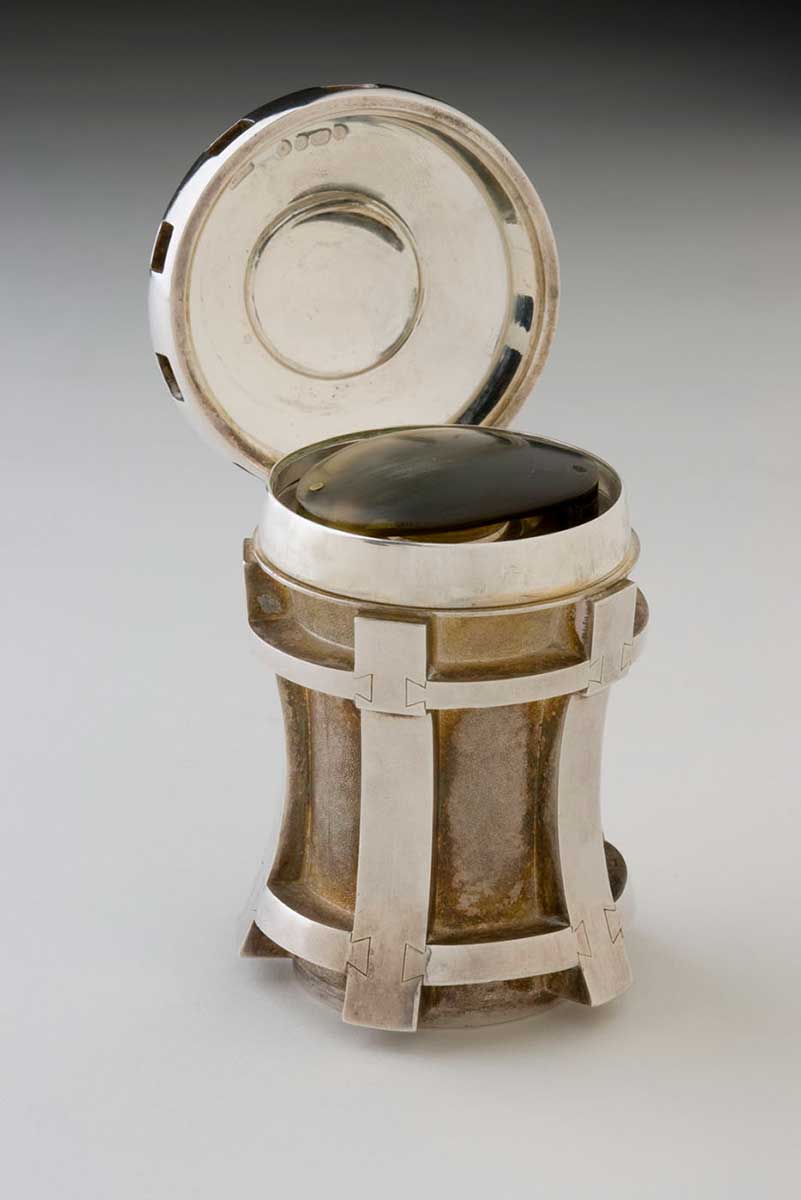Artefacts illustrating explorer Captain James Cook's great skill as a navigator are part of the National Museum's collection.
Magnifying glass

The magnifier has been traced back to an astronomer who sailed with Cook and a renowned British naval scholar.
The magnifier and a plane table frame would have been used in the making of accurate maps, essential for safe navigation.
The small magnifying glass is held in a tortoiseshell mount and housed in a silver capstan-style case.
Astronomer William Bayly sailed on Cook's second and third Pacific voyages and later published his observations.
It is thought the magnifier may have been bought by Bayly when Cook's effects were sold 'before the mast', following the explorer's death in Hawaii.
The magnifier passed from Bayly to Beaufoy and subsequently descended in the family until it was offered for auction in London and bought by the National Museum.
The case, which is almost seven centimetres high, dates from 1844. It bears the inscription:
This magnifier was given by Captain James Cook, the celebrated navigator to Mr Willm. Bayley the astronomer to the expedition during Cook's 3rd voyage and was presented by Mr Bayly to his Pupil, friend & Executor Mark Beaufoy Esqr. F.R.S.
Accurate surveying
The 18th-century surveyor's plane table frame was used to assist in accurate coastal mapping. The frame held paper firmly in place on the top of the plane table, a level surface used for surveying with a compass and a sighting device called an alidade.
Cook adapted this land surveying method to rapidly chart Pacific coastlines as a running survey from the deck of a moving ship. His charts of the coasts of New Zealand and Australia were drawn up using the plane table method, which required Cook to sail close to shore.
A grandson of British naval scholar Dr William Burney reported his grandfather received the frame from Cook.
The frame was then acquired by Reverend Frederick Johnson from Dr Burney's grandson. It was later bought from a descendant of Reverend Johnson by a private collector; then at auction by the National Museum.
In our collection
In our collection
You may also like

